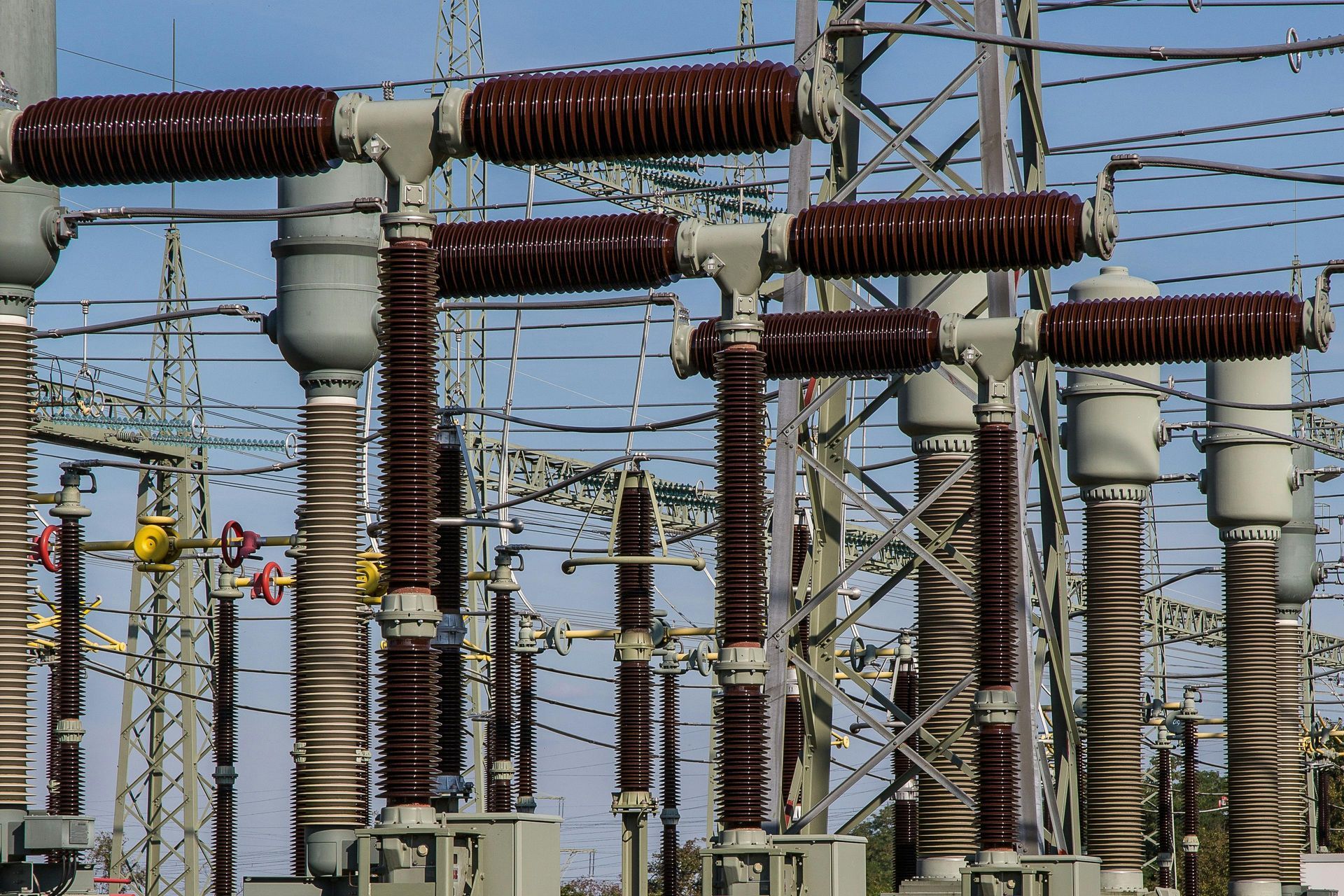Energy Market Update: What Happened, What’s Next, and How We Navigate the Next 30 Days
Energy Market Update: What Happened, What’s Next, and How We Navigate the Next 30 Days
As we head into the busiest stretch of the year for energy renewals, I want to provide every Ananta client with a clear, transparent update on what’s happening in the market — and what we need to do together in the coming days to protect your budgets in 2026.
Between now and mid-December, we have roughly 125+ individual entities whose electric contracts need to be hedged. With Thanksgiving next week (and a market holiday), suppliers short-staffed, and enrollment windows tightening, the timeline to make informed decisions is extremely compressed. This is one of those rare moments where speed and clarity matter as much as pricing.
1. The Market Shifted — Fast
When we began this process around October 21, 2025, natural gas futures (NG1!) were trading near $3.40/MMBtu. Today, they’re in the mid-$4s, with recent closes around $4.50–$4.60/MMBtu — a 30% jump in just a few weeks, and more than 50–60% higher than where gas was trading on October 17.
If you zoom out a bit more, natural gas was hovering near $2.90/MMBtu in late summer, making today’s levels almost 60% higher than only a few months ago, and roughly 50% higher than this time last year.
This dramatic increase is the single biggest factor influencing supplier pricing right now. Suppliers hedge your load directly off the NYMEX curve, so when the wholesale cost of gas spikes, fixed rates move with it—quickly.

2. Why the Buying Group Didn't Deliver Huge Discounts
Many clients hoped that assembling a combined “buying group” would materially outperform individual pricing. Under normal conditions, that can sometimes happen. But two realities worked against us:
- The market surged faster than suppliers could quote.
Rates were being prepared during the same days gas jumped over 20–30%. - The load mix leaned more toward smaller accounts than large ones, which made the group less attractive to suppliers offering market-based structures.
Because of this, the “buying group vs. individual pricing” difference is minimal this round, and to keep things moving quickly, we are quoting most properties individually from here on.
3. The Clock Is Ticking — Enrollment Windows Matter
Suppliers and utilities typically need 12–20 days before your next meter read to process an enrollment. In rare cases, existing suppliers can squeeze an enrollment through in 7 days, but that cannot be counted on.
Example:
If your meter read is
December 10, we need to begin conversations and final decisions
now — not in early December.
Waiting too late risks defaulting to supplier variable rates, which normally come in at a HUGE premium. We want to obviously avoid the latter.
4. Why Short-Term Rates (1–6 Months) Are Higher Than Long-Term Rates
This surprises many clients every winter:
- Short-Term Contracts (1–6 months): Overweight winter (Dec–Feb), so they price higher.
- 12–36 Month Contracts: Blend in cheaper non-winter months (Apr–Oct), sometimes making them cheaper than a short-term bridge.
Right now, that dynamic is very clear in the futures curve: winter strips are trading well above the 12-month strip.
5. A Look Back at History (May-September 2025)
This year’s context matters. Between May and September (Traditional Fully-Fixed Pricing with Capacity Included):
- Short-term pricing (3–6 months) was holding at 5–6¢/kWh,
- Long-term (12–24 months) was coming in 7.5–8¢; especially since they extended into the 2026 year.
- And 2027–2028 terms often priced in the upper-7s to high-8s.
Short-term renewals were the financially responsible move at the time: they reduced near-term costs and delayed higher long-term pricing while our team spent a lot of time analyzing the Capacity Pass Through (PT) product.
What no one expected was a 50–60% run-up in natural gas over the last 30 days. That spike reset supplier pricing across the board, pushing most 2026 offers up toward the 8¢/kWh range, even after good negotiations.
6. Advanced Products: Hybrid, Index, Capacity Pass-Through
A few clients have asked about more advanced, variable market products. We’re actively confirming supplier thresholds, but here’s the early picture:
- Many hybrid products (Block & Index, Load Following) are
reserved for larger accounts
(often 1M–5M+ kWh per year). - The typical hotel load of ~500,000 kWh/year usually does not qualify for these products.
- For smaller usage levels, our practical options are generally:
- Full-requirements fixed,
- Full index,
- or Capacity pass-through (case by case).
We’ll address hybrid options individually with those who requested them.
7. What Happens Next

Over the next two weeks, our team will be moving quickly to:
- Present updated pricing options — both short-term and long-term.
- Clarify your risk tolerance — whether you’re bullish or bearish, we’ll have options prepared that align with your comfort level.
- Move accounts into enrollment windows on time, so no one risks defaulting to utility rates.
- Hedge your 2026 exposure responsibly, using whichever structure makes the most sense for your property.
We remain fully committed to open-book transparency, real data, and helping every client make the best possible decision in a fast-moving market.
Please respond promptly when you receive options from our team — timing is everything right now.
We’ll navigate this together, one decision at a time.










